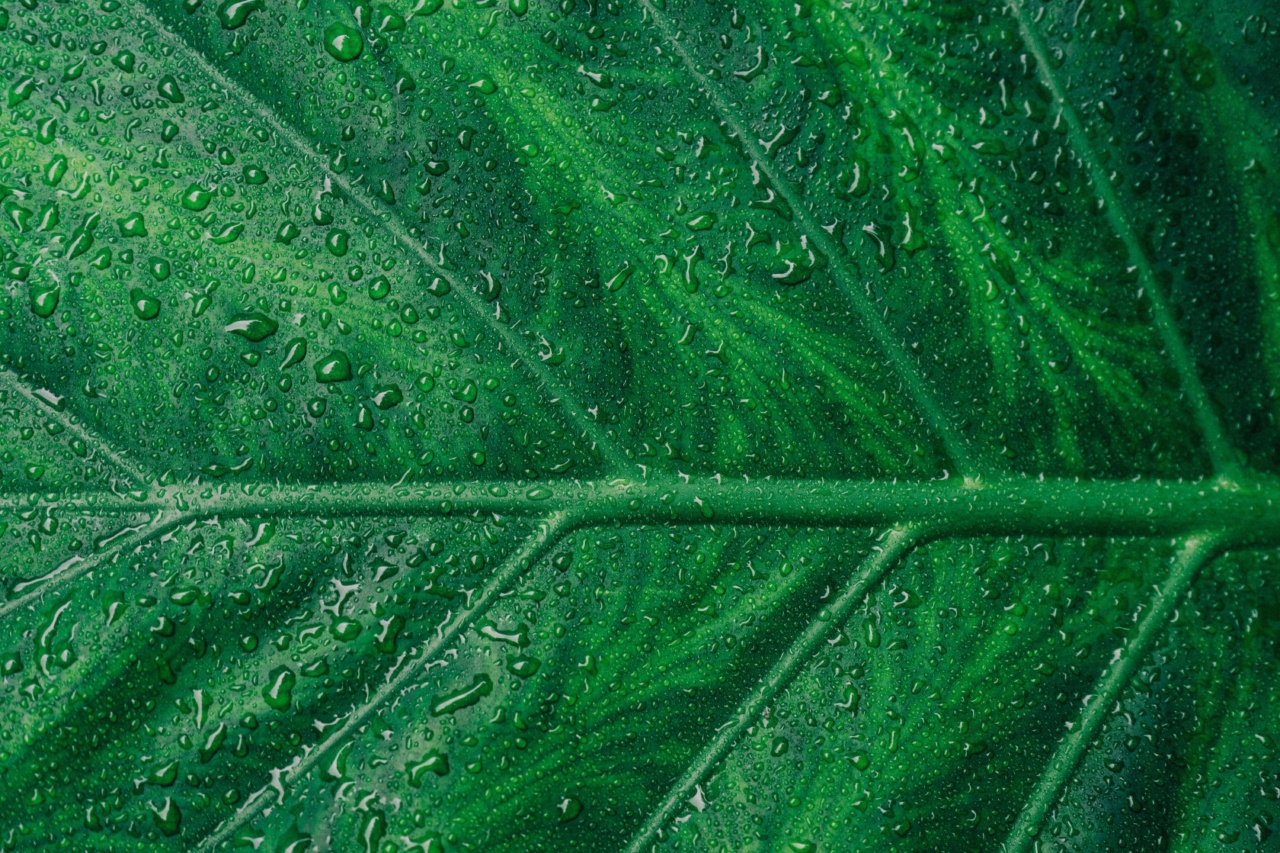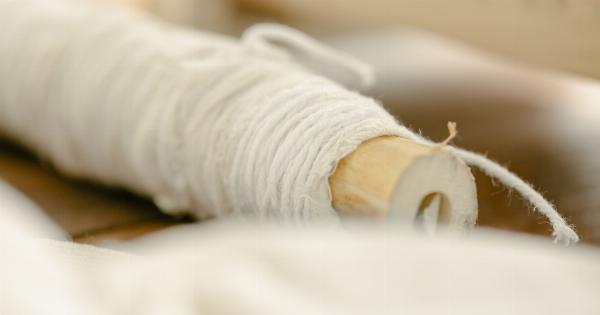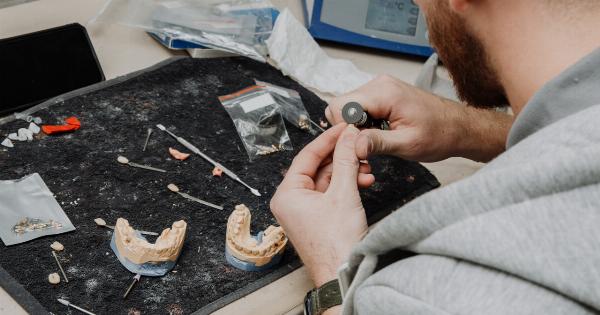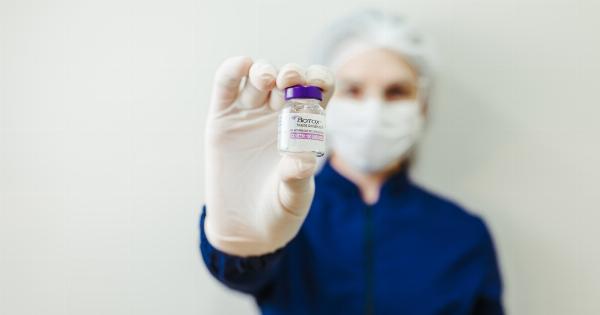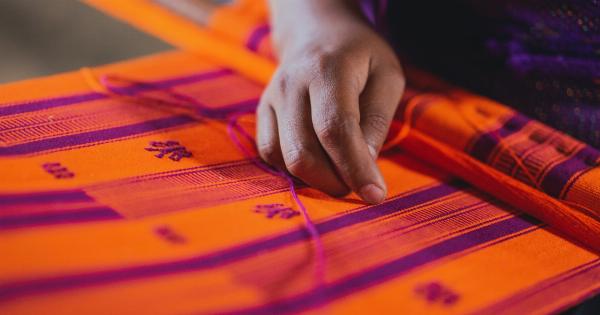Varicose veins are a common and often painful condition that affects millions of people worldwide.
They occur when the valves in the veins become weak or damaged, causing blood to flow backward and pool in the veins, creating bulging, twisted, and often painful formations.
Until recently, the only treatment options for varicose veins were invasive surgical procedures, such as vein stripping or ligation.
However, a new treatment approach has emerged that allows for a minimally invasive, non-surgical approach, known as the glue method.
What is the Glue Method?
The glue method of treating varicose veins involves sealing the affected veins shut with a special medical adhesive. The procedure is done under local anesthesia, and the patient can return home the same day with little to no downtime.
Patients can resume their normal activities immediately following the procedure.
The glue method has been around for several years and has been widely used in Europe and other parts of the world.
However, it is only recently that the U.S Food and Drug Administration (FDA) approved the use of medical adhesive for treating varicose veins. This has revolutionized the way in which varicose veins are treated in the United States.
How does the Glue Method Work?
The glue method works by injecting a medical adhesive into the affected vein, which seals it shut. The vein then gradually shrinks and is absorbed by the body over time.
Blood flow is then rerouted to healthy veins in the leg, which helps to improve circulation and reduce the symptoms of varicose veins.
The procedure is guided by an ultrasound sensor that allows the physician to visualize the affected vein and ensure that the adhesive is placed in the correct location.
The entire procedure takes approximately 30 minutes to an hour, depending on the extent of the patient’s varicose veins.
Benefits of the Glue Method
The glue method offers several benefits for those suffering from varicose veins, including:.
- Minimally invasive
- No need for general anesthesia
- Short procedure time
- No downtime required
- Low risk of complications
- High success rates
- Improvement in symptoms immediately after the procedure
Who is a Good Candidate for the Glue Method?
The glue method is an ideal treatment option for those who have varicose veins that are causing discomfort and affecting their quality of life.
It is also suitable for those who wish to avoid invasive surgical procedures, such as vein stripping or ligation.
The glue method may not be suitable for those with severe cardiovascular disease, certain medical conditions, or allergies to the adhesive used in the procedure.
It is important to discuss any medical concerns with your doctor before undergoing the glue method.
Recovering from the Glue Method
Recovery from the glue method is generally quick and easy. Patients are required to wear compression stockings for a few days following the procedure to help reduce swelling and promote healing.
It is also recommended that patients avoid excessive activity or heavy lifting for a few days after the procedure.
The majority of patients report minimal discomfort following the glue method procedure, and any pain or discomfort can usually be managed with over-the-counter pain medication.
Risks and Complications
As with any medical procedure, there are potential risks and complications associated with the glue method. These may include:.
- Allergic reaction to the adhesive
- Swelling and bruising at the injection site
- Infection
- Blood clots
- Numbness or tingling in the leg
- Permanent discoloration or scarring
However, the risk of these complications is relatively low, and most patients experience successful outcomes with little to no side effects.
Conclusion
The glue method has revolutionized the way in which varicose veins are treated, offering a safe and effective alternative to traditional surgical procedures.
It is a minimally invasive, non-surgical approach that provides significant benefits and a quick recovery time for patients with varicose veins.
If you suffer from varicose veins and are looking for a safe and effective treatment option, consider speaking with your doctor about the glue method.
